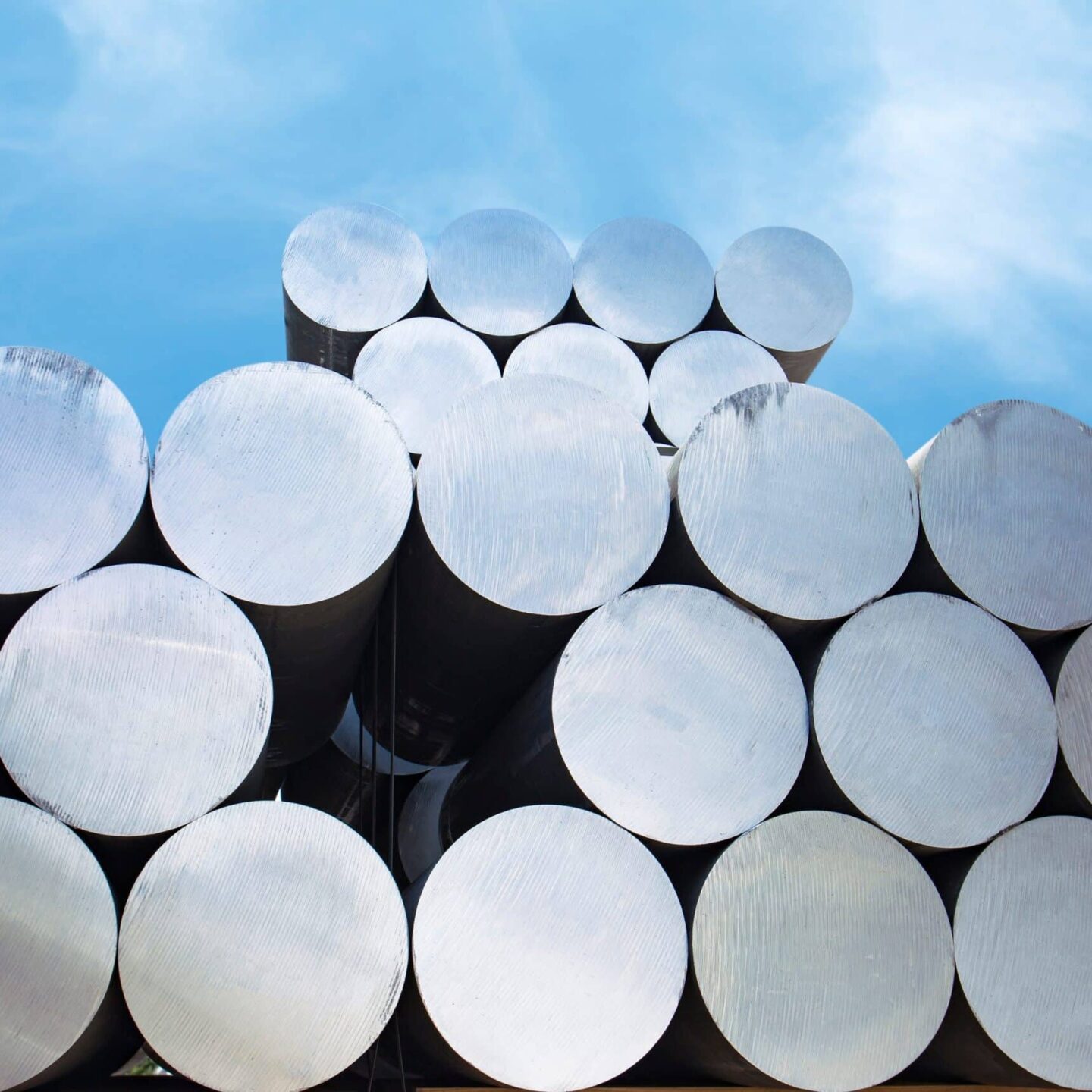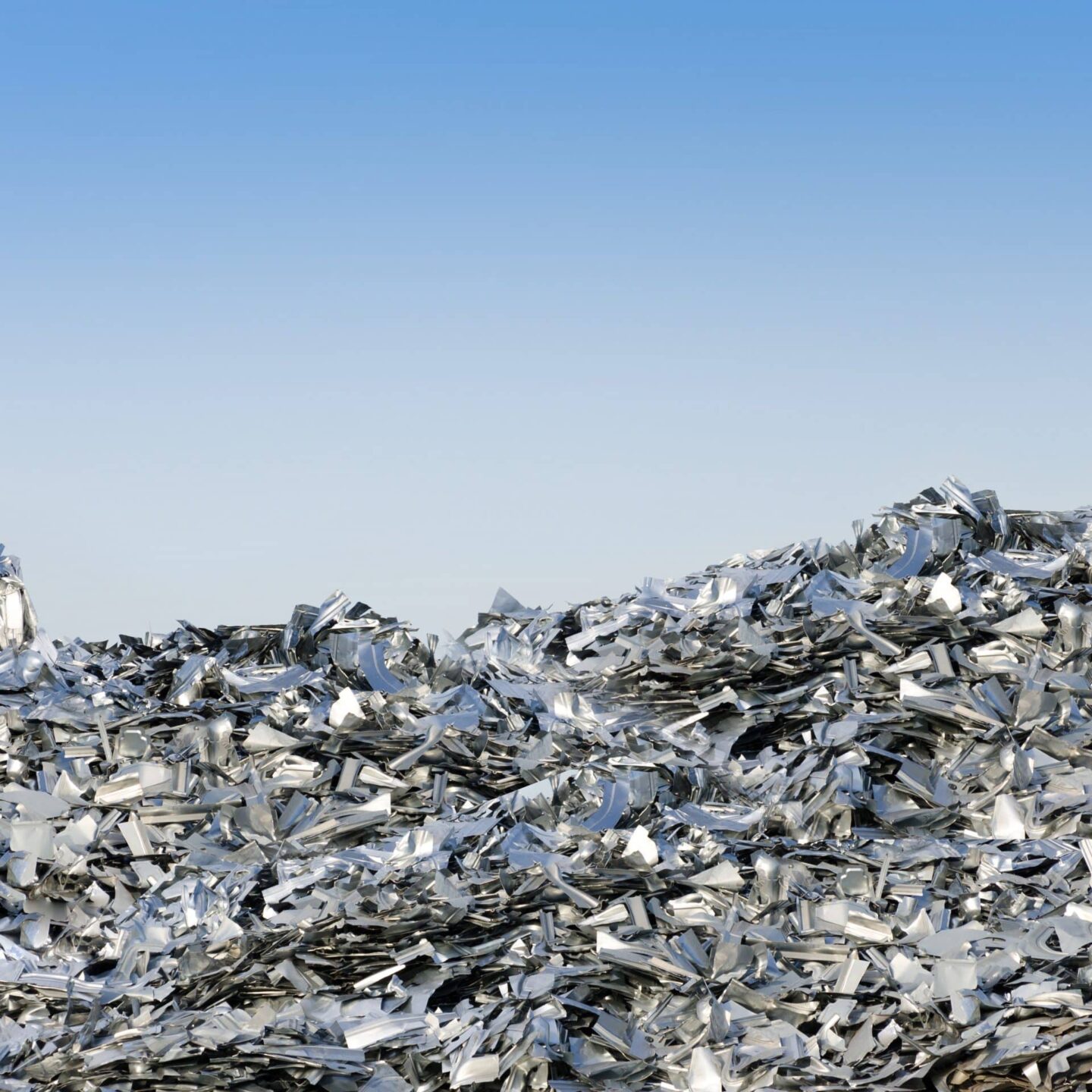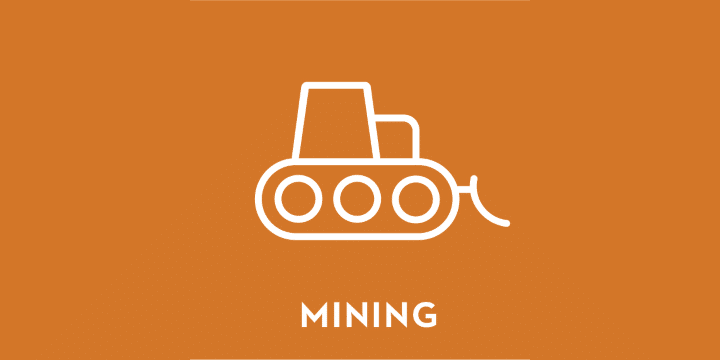These Guidelines build on the 2018 First Edition and set out good practices for sustainable bauxite mining operations.
The aluminium industry’s objective is a long-term, sustainable bauxite mining industry with acceptably low social and environmental impacts during operation and post-closure. Sustainable bauxite mining is not a “one-size fits all” prescriptive process but involves risk management and applying technologies appropriate to the circumstances of each mine.
These Guidelines build on the 2018 Sustainable Bauxite Mining Guidelines (SBMG) and provide a practical, attainable guide to improve sustainability. It is bauxite specific and has theory and examples developed at some mines for over 50 years, which provide crucial learnings from past collective experience.
Bahasa Indonesian, Chinese Mandarin and French translations are underway.
The SBMG material available for download includes the Guidelines Report and PowerPoint Overview with editable slides for you to use in presentations.






